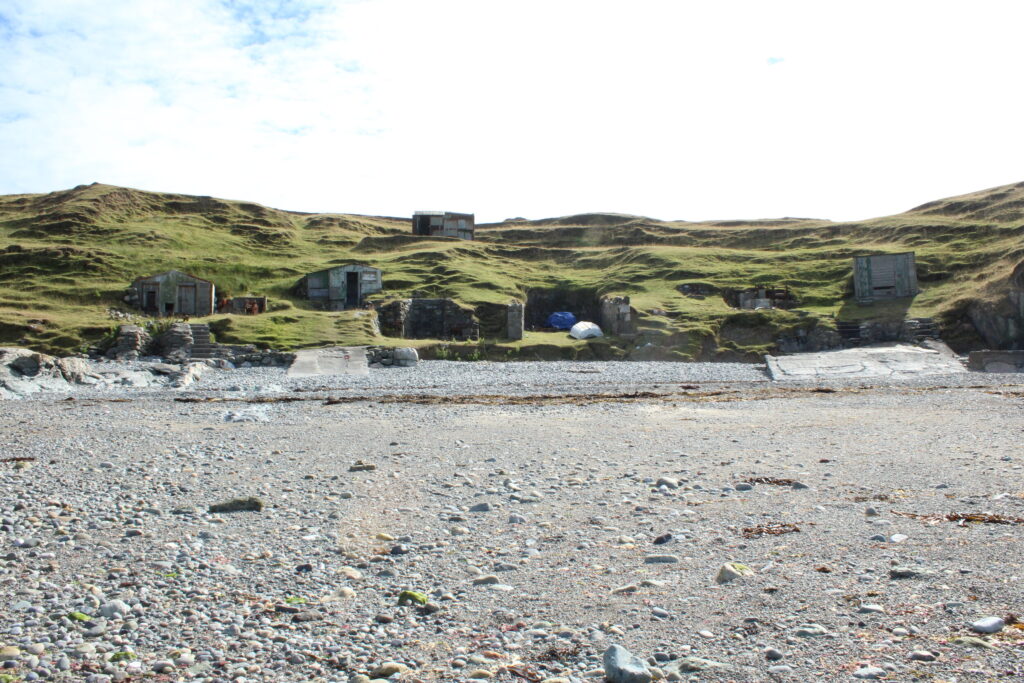Porthysgaden History
The harbours at Porthysgaden have been in use for centuries, Prehistoric objects found in this vicinity include the butt half of a Neolithic axe head and a Bronze Age rapier (sword). it’s name sgaden is an old welsh name for herring, it’s unclear as to what the early history of the place was as regards trade by sea, as no records have survived if in fact any were kept.
What is known is that it belonged as it does today to the Cefnamwlch estate and it was an important link to places such as Liverpool and beyond as roads were no better than dirt tracks that made travel a difficult and arduous task. Being a rural area people relied very much on the little ships that called at this natural little harbour to deliver basic goods to them such as molasses, sugar, tea, salt, and quite often clothing, and of course iron for the blacksmiths, tar, crockery, tobacco, bricks for building and most frequently coal and lime. The remains of a lime kiln still sit in a car park not far from the harbours. At it’s peak it would not be unusual to see fifty or more carts waiting their turn to get coal from the little ships at the harbour in preparation for the winter ahead. Another import would be ‘Sopes waste mixed with dung ‘ which farmers would use to fertilise the land. This came from Dublin and was the waste from soap factories and the horse manure gathered from the city’s streets. As with salt there was a duty payable on it, but the farmers swore by it as a first rate fertiliser. The exports were also of great importance to the local economy things such as butter, eggs, potatoes and herrings that were salted in part of the cottage on the cliff top.



Morgan Hughes was a customs officer who lived in the little cottage on the cliff overlooking the little harbour ( of which only the gable end remains). He was the officer from August 7th 1735 until his death on February 27 1768. He was paid £25 a year for his services and also received a share of the goods he seized off the smugglers. The cottage was also used as a kind of lighthouse as a light would be left in the window that faced the sea. In a tenant’s agreement with Cefnamwlch it states that the windows must be kept clean at all times, perhaps this was because the squire’s son Hugh Griffith was himself a pirate and the light enabled him to sail in safely under cover of darkness.



The last occupants were brothers John and Hugh Daniel, coal merchants until 1935. They moved out after their sister Elinor fell to her death down the nearby cliff. This is a great little place to explore, chilled out with stunning views.
